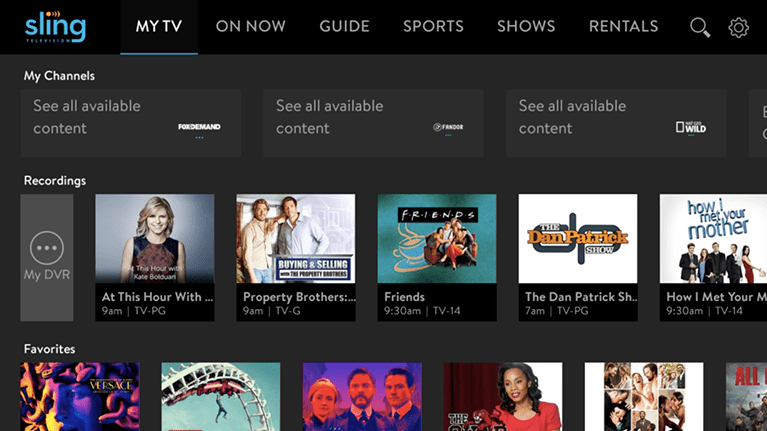Younger Viewers Gravitating to OTT TV Services: Study

Some 12% of consumers 18 to 34 years old, a group that accounts for 53% of U.S. adults, subscribe to an internet-delivered pay TV service such as Sling TV and DirecTV Now, according to new data from Leichtman Research Group.
Overall, about 11% of adults 18-44 currently have an OTT TV service, compared to 3% among those who are 45 years or older, LRG found in an online survey of 6,947 U.S. homes that were part of its broader Internet-Delivered Pay-TV Services study. This marks LRG’s inaugural study on the topic.
OTT TV services tend to complement other ways consumers are fulfilling their video needs. For example, LRG found that among those with an OTT TV service, 93% also subscribe to an SVOD service from the likes of Netflix, Amazon Prime and/or Hulu.
Some 49% of those OTT TV subs have a TV antenna to view over-the-air broadcast TV, and 35% also have a pay TV service from a traditional MVPD.
Among other findings, 12% of adults that moved in the past year have an internet-delivered pay TV service, versus 6% of non-movers, and 69% of current OTT TV subs said they are very satisfied with their service, yet 27% are likely to switch from an internet-delivered pay TV service in the next six months.
Additionally, 24% of those without an OTT TV service are very interested in getting one, LRG said.
Representing a challenge to any OTT TV service focused on skinny bundles, the study also found that 76% of adults agreed that there are specific networks or programming genres that are “must haves” for the home’s TV service.
Multichannel Newsletter
The smarter way to stay on top of the multichannel video marketplace. Sign up below.
“There is clearly a growing niche market for lower-cost/lower-channel live streaming pay-TV services – particularly among younger, more mobile renters, and those living in households with more people,” Bruce Leichtman, president and principal analyst for LRG, said in a statement. “Currently, these Internet-delivered pay-TV services are augmenting other sources of video in home, and consumers are experimenting with the various streaming pay-TV services to discover what combinations of video offerings work best for their household.”
